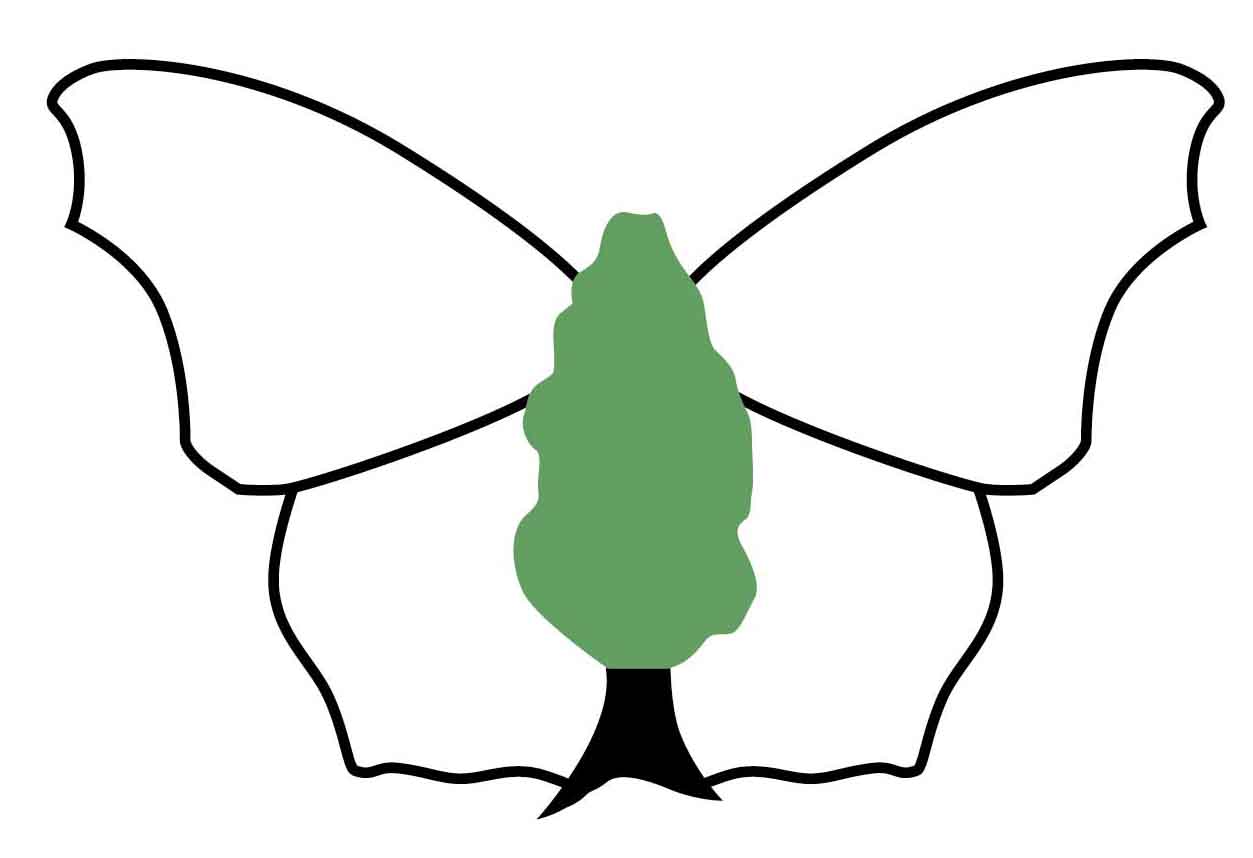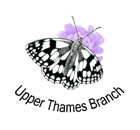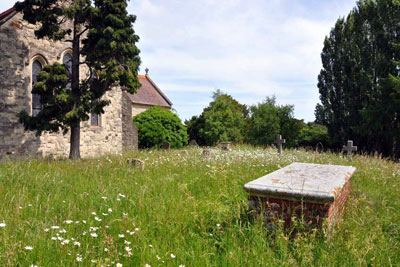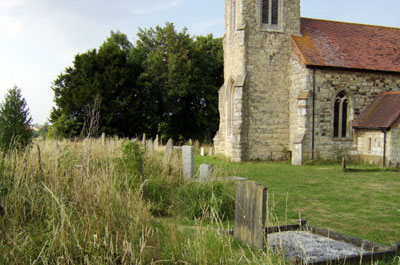 | Butterfly Conservation Saving butterflies, moths and our environment | Upper Thames Branch |  |
Churchyards | ||||||||||||||||||||||||||||||||||||||||||||||||||||||||
| The amount of land around a church can vary from a concrete yard to an extensive churchyard which, in many cases, will once have been part of a species-rich ancient pasture or meadowland. A churchyard should, of course, be a pleasant, reflective place for its congregation and visitors but there's no reason why it shouldn't also be a haven for grasses, wildflowers, trees, birds, butterflies, moths and other wild creatures. | ||||||||||||||||||||||||||||||||||||||||||||||||||||||||
| ||||||||||||||||||||||||||||||||||||||||||||||||||||||||
| The Upper Thames Branch runs an annual Churchyard Butterfly Survey and several of our surveyors have been working with church wardens for a number of years to create a working churchyard management plan. If you are interested in joining a survey team (or starting a new one), please contact churchyard-coordinator@upperthames-butterflies.upperthames-butterflies.org.uk | ||||||||||||||||||||||||||||||||||||||||||||||||||||||||
Churchyard Management Plan | ||||||||||||||||||||||||||||||||||||||||||||||||||||||||
| The following are some basic guidelines for churchyard management, designed to be sensitive towards the needs of both people and wildlife. With the churchwarden's approval, the Churchyard Management Plan could be displayed in the church, maybe with a few photos, to show that the churchyard is a beautiful place to visit as well as being beneficial to wildlife. | ||||||||||||||||||||||||||||||||||||||||||||||||||||||||
Grass Cutting | ||||||||||||||||||||||||||||||||||||||||||||||||||||||||
| All grass cuttings should be removed. They improve the fertility of the soil, which is usually not required by wild flowers. Paths and other well-used areas probably need to be mown as often as a lawn. Grass around infrequently visited gravestones can be cut less often, to a height of about 3 inches (7cm). If possible, do not mow these areas from May to mid-July, to allow a good variety of plants to flower and set seed. Mown paths through longer areas of grass will guide visitors through the "wildlife areas" and show them that it is part of a properly managed churchyard. Rarely visited areas could be mown once a year in late September to allow a good variety of plants to grow. Longer areas of grass will be used by breeding "brown" butterflies, numerous moths and other creatures and the flowering plants within the grass by many more, making these areas the most productive part of a wildlife churchyard. | ||||||||||||||||||||||||||||||||||||||||||||||||||||||||
Chemicals | ||||||||||||||||||||||||||||||||||||||||||||||||||||||||
| Try not to use artificial fertilisers, insecticides, herbicides and other chemicals. | ||||||||||||||||||||||||||||||||||||||||||||||||||||||||
Ivy and Nettles | ||||||||||||||||||||||||||||||||||||||||||||||||||||||||
| Ivy should be left untrimmed where possible. It is one of the main foodplants of the Holly Blue (along with Holly). It provides bird nesting sites during March to
July and is a nectar source for butterflies and other insects in late summer and autumn. Nettles in a sunny position will support Comma, Peacock, Small Tortoiseshell, Painted Lady, Red Admiral and many moth species. | ||||||||||||||||||||||||||||||||||||||||||||||||||||||||
Trees | ||||||||||||||||||||||||||||||||||||||||||||||||||||||||
| Ideally any new trees should be native species, and planted where they will not shade out wildflower areas in years to come. | ||||||||||||||||||||||||||||||||||||||||||||||||||||||||
List of Surveyed Churchyards | ||||||||||||||||||||||||||||||||||||||||||||||||||||||||
| The following is a list of the 50 churchyards and cemeteries being surveyed at January 2022: | ||||||||||||||||||||||||||||||||||||||||||||||||||||||||
|
Copyright © Butterfly Conservation Upper Thames Branch 2025
Privacy and Copyright Statement
Butterfly Conservation : Company limited by guarantee, registered in England (2206468)
Registered Office: Manor Yard, East Lulworth, Wareham, Dorset, BH20 5QP, Tel: 01929 400 209
Charity registered in England & Wales (254937) and in Scotland (SCO39268)
Privacy and Copyright Statement
Butterfly Conservation : Company limited by guarantee, registered in England (2206468)
Registered Office: Manor Yard, East Lulworth, Wareham, Dorset, BH20 5QP, Tel: 01929 400 209
Charity registered in England & Wales (254937) and in Scotland (SCO39268)


